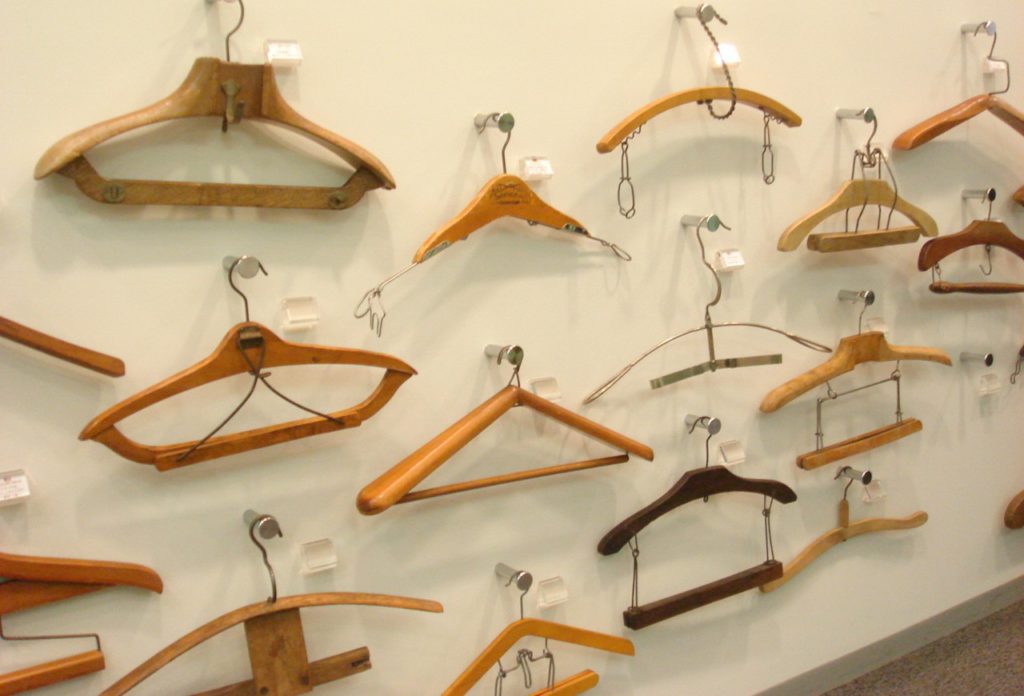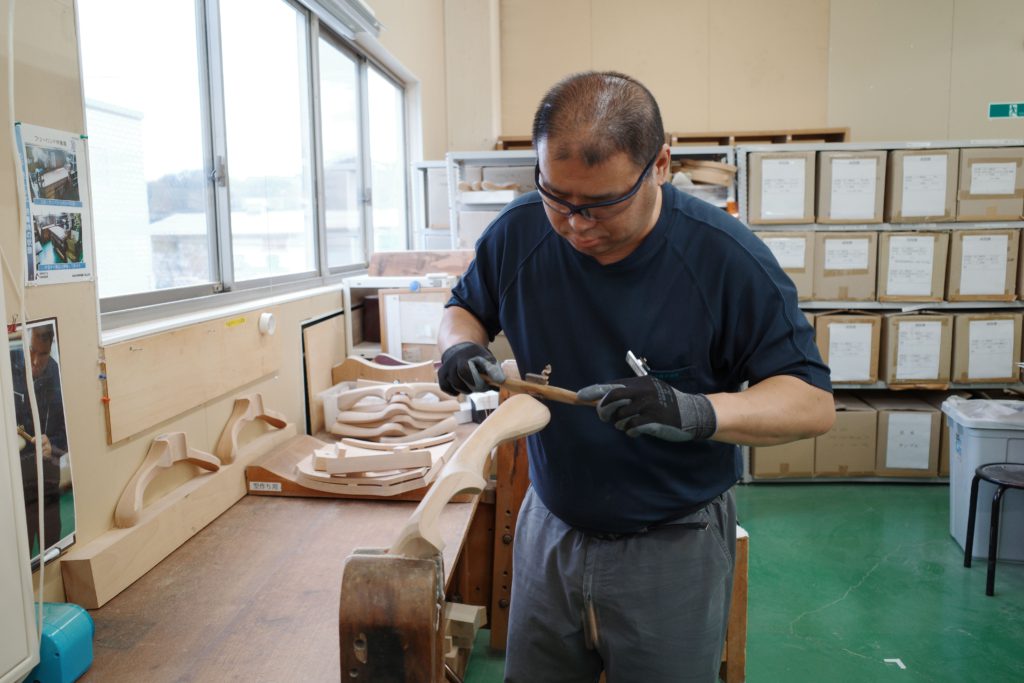
Hangers are everyday items — so common that we rarely stop to think about them.
The wire hanger we know today was inspired by a coat hook patented in 1869 by O.A. North of New Britain, Connecticut. It was a simple yet practical solution for keeping garments off the floor — and it laid the foundation for future designs.
Some sources even mention Thomas Jefferson as the person who conceptualized an early version of the hanger. However, there is no solid evidence to support this claim. The widely accepted origin of the modern hanger points to Albert J. Parkhouse, a worker at the Timberlake Wire and Novelty Company, who, in 1903, responded to his colleague complaint about the lack of coat hooks.
Using a piece of wire, Parkhouse bent it into a familiar shoulder shape with rounded ends — an early version of the hanger that could support the shoulders of a coat. His idea was later refined and becoming the model for wire hangers used around the world.
As for the first wooden hanger, its exact origin remains a mystery. It's believed that early wooden hangers were custom-made for wealthy individuals, long before mass production. Today, the wooden hanger has become a symbol of sustainability — durable and reusable. A well-crafted wooden hanger can last a lifetime, and sometimes even be passed down through generations.

At NAKATA HANGER, we hold firm to our belief in quality and craftsmanship. Every one of our hangers is carefully made by hand, shaped by skilled Japanese artisans who dedicate themselves to excellence.
To us, a hanger is more than just a tool — it’s a piece of art.
We are committed to never compromising on quality, continuing to uphold the words of our founder, Toshio Nakata, who believed that “Hanging clothes is happiness.”
Creating something brings joy—but it is the dedication to maintaining that quality, year after year, that defines true value.



